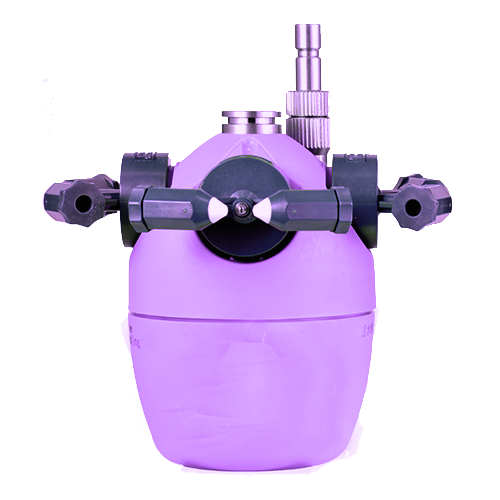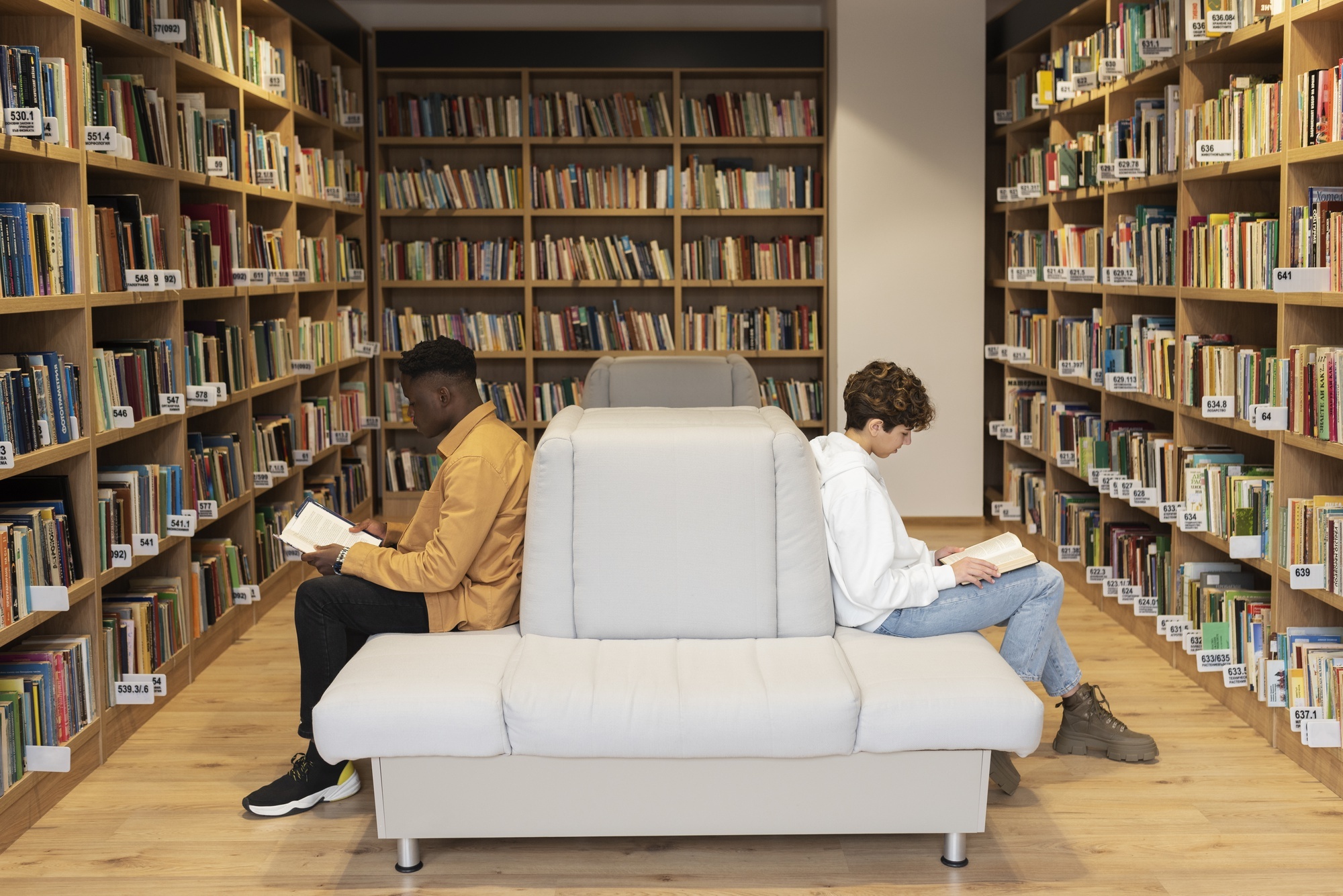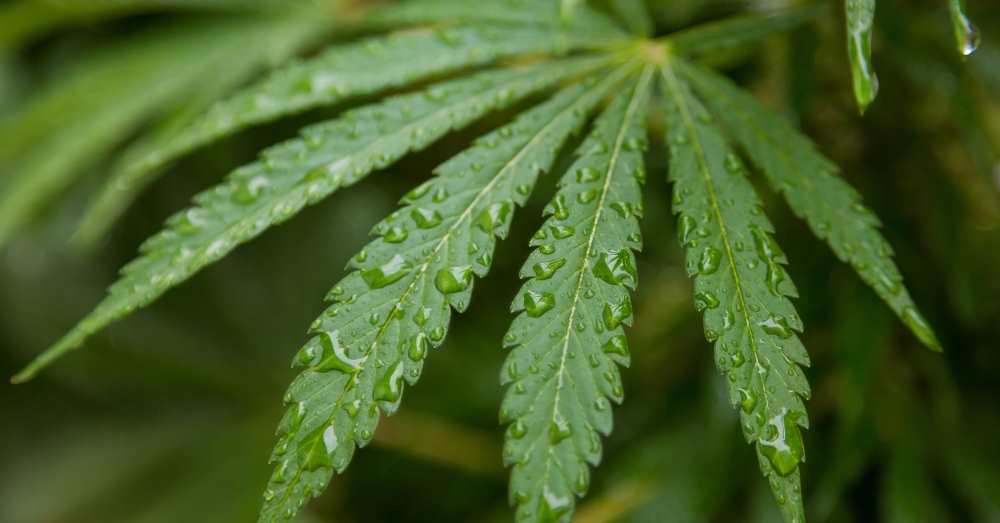What influences the level of humidity?
Humidity is the amount of fog or vapor which the air holds. This is why humid air feels wet and your sweat cannot evaporate into the air.
Humidity control indoor is influenced by a number of factors:
- Ventilation
The level of ventilation in a building can impact indoor humidity. Proper ventilation allows for the exchange of indoor and outdoor air, which can help control humidity levels. Inadequate ventilation can lead to higher humidity as moisture becomes trapped indoors, while excessive ventilation in very dry conditions can result in lower humidity.
- Temperature
As mentioned earlier, temperature plays a role in humidity. When the indoor temperature increases, the air’s capacity to hold moisture also increases, leading to lower relative humidity. Conversely, lower temperatures reduce the air’s moisture-holding capacity, resulting in higher relative humidity. This is why humidifiers are especially important during winter time.
- Air conditioning and heating systems
HVAC systems can influence indoor humidity levels. Air conditioners extract moisture from the air as part of the cooling process, leading to lower humidity. However, some modern air conditioning systems also include features to control and maintain desired humidity levels. Heating systems, such as forced-air systems, can dry out the indoor air, lowering humidity levels.
- Building insulation
The level of insulation in a building affects the exchange of indoor and outdoor air. Well-insulated buildings are more airtight, which can trap moisture indoors and potentially lead to higher humidity levels. Insufficient insulation may result in higher humidity as outside moisture can penetrate the building.
- Occupancy
The number of employees and their activities in a building can impact indoor humidity. People release moisture into the air through respiration, perspiration, and other daily activities. A crowded space with high occupancy can raise humidity levels.
- Humidifiers and dehumidifiers
The level of insulation in a building affects the exchange of indoor and outdoor air. Well-insulated buildings are more airtight, which can trap moisture indoors and potentially lead to higher humidity levels. Insufficient insulation may result in higher humidity as outside moisture can penetrate the building.
Control your humidity levels precisely with the Japanese technology, AKIMist®
- Humidifying with water without wetting equipment (no water drops)
- Prevents static electricity at production site
- Easy installation by adding on to existing HVAC
- Easily adaptable to changes in the floor layout
- Its double advantage of cooling while humidifying
- Reducing product loss and scrap
- Improving product quality
- Low maintenance
Download our catalog to learn more about the techology behind AKIMist® and Dry Fog
Related articles
Stay updated: Ikeuchi news & insights
"*" indicates required fields
Get expert advice:
contact us today
Would you like to know what Ikeuchi can do for your organization? We’re happy to discuss your needs and show how we can solve your challenges. You’ll receive a response from us within 24 hours!
"*" indicates required fields
Call us: +31 (0) 20 820 2175
- Global presence and experience
- The number 1 nozzle manufacturer in Japan
- Japanese Precision Technology
“High quality nozzles. Friendly and helpful customer service”
“With Ikeuchi spray nozzles we are able to save costs as we don’t need to replace them so often as before.”
“When it is about nozzle technology, IKEUCHI are the experts. We always highly appreciated their knowhow and their extremely wide range of nozzles, not to mention their unrivalled AKIMist humidifier”
“When it is about nozzle technology, IKEUCHI are the experts. ”




